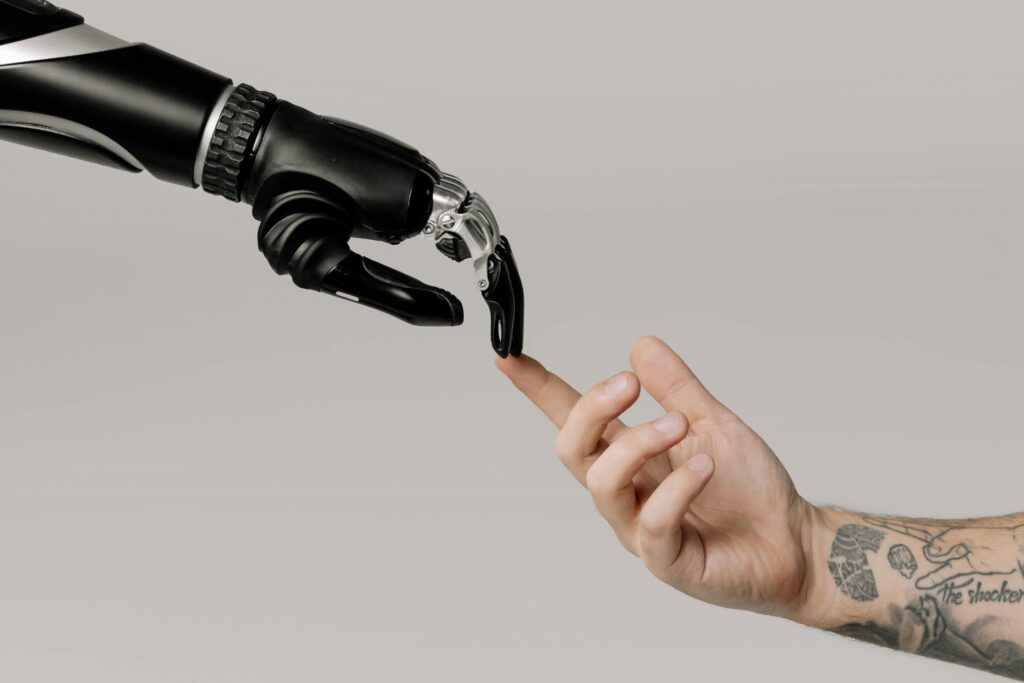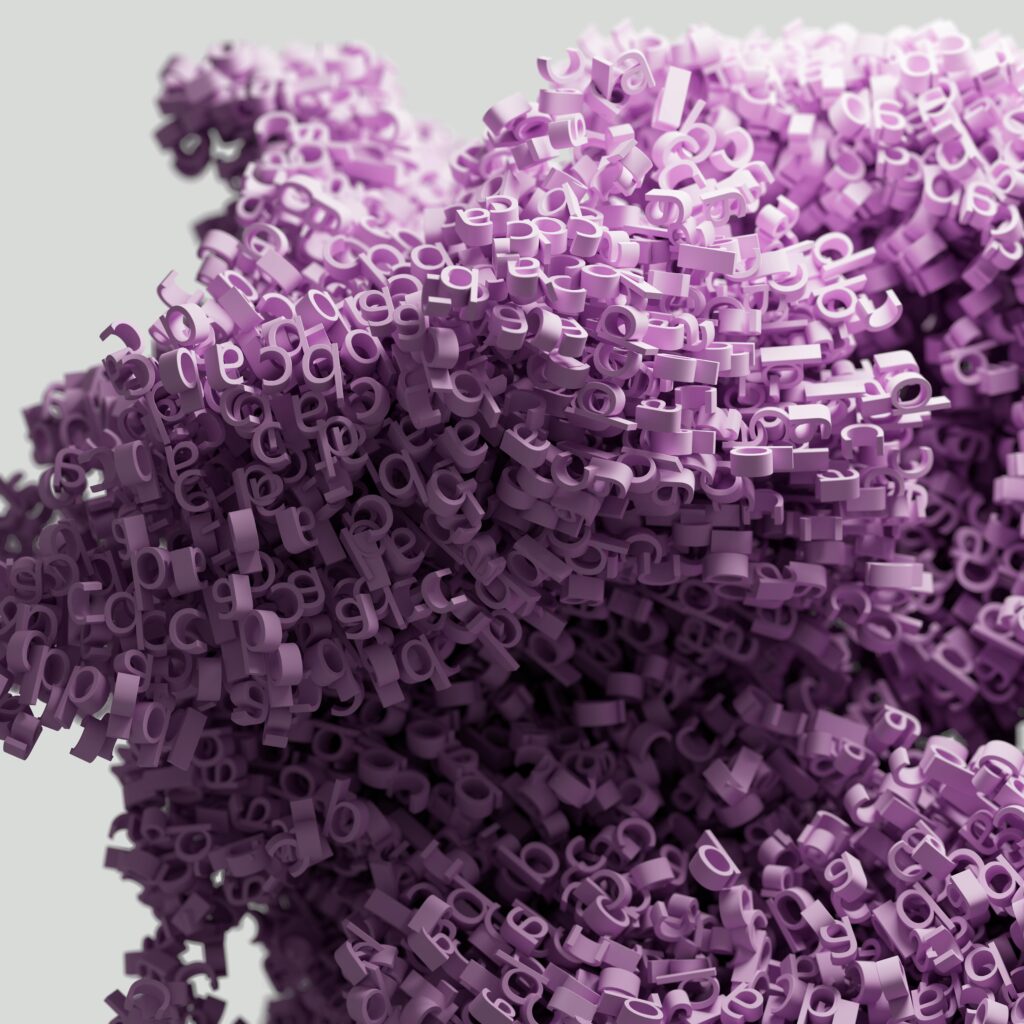In the realm of technology, few ventures captivate the imagination and inspire wonder like Neuralink. Founded by visionary entrepreneur Elon Musk, Neuralink aims to bridge the gap between humans and machines by developing brain-computer interface (BCI) technology. As we embark on this journey of exploration, let’s delve into the potential of Neuralink and its implications for the future.

UNDERSTANDING NEURALINK
Neuralink represents a pioneering effort to merge the human brain with artificial intelligence (AI) through the development of high-bandwidth brain-machine interfaces. At its core, Neuralink seeks to enable direct communication between the human brain and external devices, opening up a world of possibilities for medical treatments, cognitive enhancements, and even new forms of communication and expression.

THE TECHNOLOGY BEHIND NEURALINK
At the heart of Neuralink’s technology lies a network of ultrafine electrodes, thinner than a human hair, capable of recording and stimulating neural activity with unprecedented precision. These electrodes are implanted into the brain through minimally invasive surgery, forming a neural mesh that interfaces directly with neurons, synapses, and other components of the central nervous system

POTENTIAL APPLICATION FOR NEURALINK
- Medical Treatments: Neuralink holds the promise of revolutionizing the treatment of neurological disorders and injuries, such as paralysis, epilepsy, and Parkinson’s disease. By decoding and modulating neural signals, Neuralink could restore mobility, alleviate symptoms, and improve the quality of life for millions of people worldwide.
- Cognitive Enhancements: Beyond medical applications, Neuralink could enable cognitive enhancements, augmenting human intelligence, memory, and learning capabilities. By establishing seamless connections between the brain and external computing devices, individuals could access vast repositories of knowledge, communicate telepathically, and even merge their consciousness with AI systems.
- Human-AI Collaboration: Neuralink has the potential to redefine the nature of human-AI collaboration, enabling symbiotic relationships where humans and machines work together seamlessly to solve complex problems, innovate, and create. By integrating AI algorithms with the human brain, individuals could leverage the computational power of AI to enhance their cognitive abilities and decision-making processes.
- New Forms of Communication: With Neuralink, communication could transcend language barriers and traditional means of expression, allowing individuals to share thoughts, emotions, and sensory experiences directly from mind to mind. Imagine a world where ideas flow effortlessly between individuals, unencumbered by the limitations of spoken or written language.

CHALLENGES AND ETHICAL CONSIDERATION
While the potential of Neuralink is immense, it also raises significant challenges and ethical considerations. Concerns about privacy, security, consent, and the potential for misuse must be addressed proactively to ensure that Neuralink technology is developed and deployed responsibly.
CONCLUSION
As we explore the potential of Neuralink, we find ourselves at the threshold of a new era in human-machine interaction. The fusion of biology and technology has the power to reshape our understanding of what it means to be human, unlocking new capabilities and possibilities beyond our wildest dreams.











